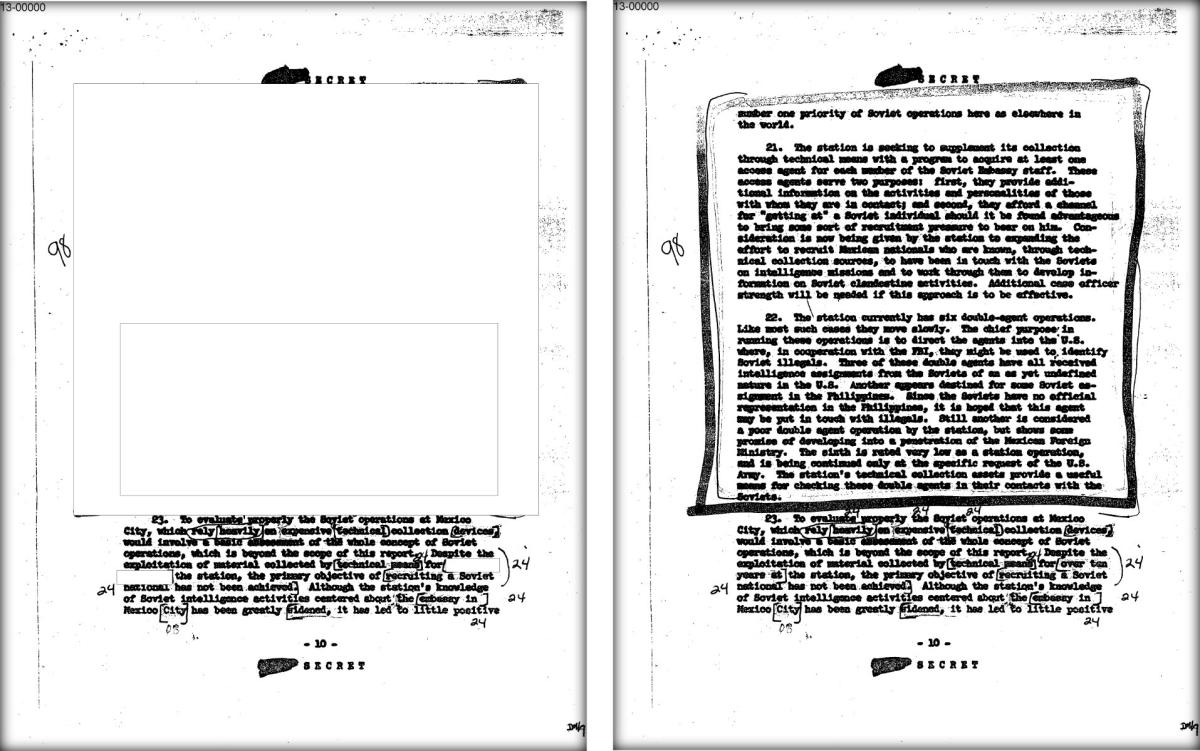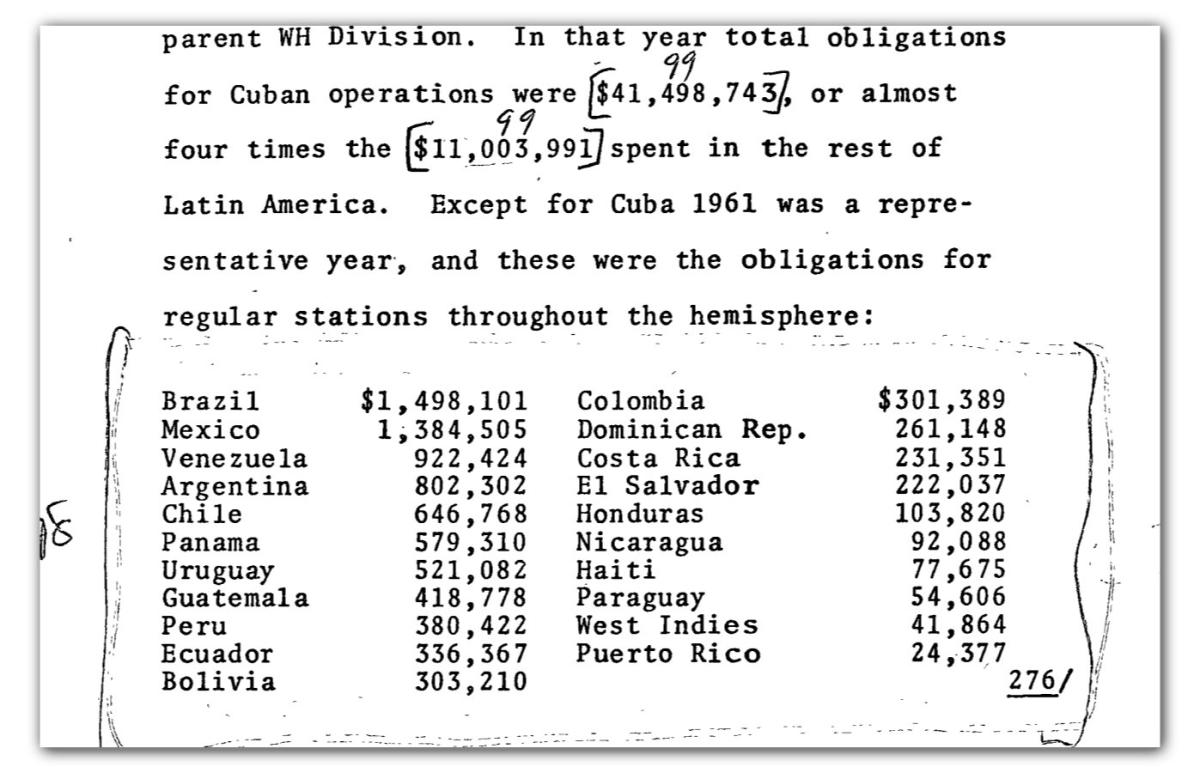By Patrick Armstrong, Website, 3/3/25
Patrick Armstrong was an analyst in the Canadian Department of National Defence specialising in the USSR/Russia. He started in the time of Chernenko and watched the whole thing develop. He was a Counsellor in the Canadian Embassy in Moscow 1993-1996. He retired in May 2008 and has been writing on Russia and related subjects on the Net ever since.
There’s a longstanding apothegm about war that says that amateurs talk tactics but professionals talk logistics. To this I would add that beginners talk weapons (remember Saint Javelin, M777s, Leopard tanks, F-16s? Seen a lot of game changer weapons come and go haven’t we?)
Logistics is the really hard part of planning: it is the business of making sure that the fighting end of the effort has all the things that it requires where it needs them when it needs them. The end comes when your guy kicks in the door of the enemy’s leader’s office. Everything else: aircraft carriers, tank armies, artillery, air fleets, medical support, planning is about getting him there. Here’s the photo. If the infantryman at the tip of the spear doesn’t have rations and ammunition he’s useless and will soon be out of the game. Getting these (and many other things) to him is extraordinarily difficult and many popular accounts of wars leave this somewhat boring aspect of the war business out of the story.
But war is a combination of many things all of which have to work together. All are necessary but none is sufficient. It is, I believe, the most complicated thing humans do (and, depressingly, history shows that it’s our favourite outdoor sport.) Saying one part is the most important is plain wrong. War without purpose (grand strategy and strategy) is just killing people and smashing things. Soldiers without training are dead men walking. Tactics without logistical support is just Brownian movement. And so on. Everything has to be planned and coordinated and carried out hampered by what Clausewitz called “friction”; against an enemy who’s doing everything to upset and counter you. Once you’ve planned it all out, you have to start all over again on the fly because “No plan survives contact with the enemy“.
What’s going on in Ukraine is an industrial war which is consuming enormous amounts of ammunition and weapons with tremendous destruction and hundreds of thousands of casualties. NATO is used to flying over a target with no air defence and dropping bombs, or small infantry groups who call in air or artillery when somebody shoots at them. And, in the end, NATO loses the war anyway and goes home. Alex Vershinin got it right at the beginning in June 2022 in The Return of Industrial Warfare.
The winner in a prolonged war between two near-peer powers is still based on which side has the strongest industrial base. A country must either have the manufacturing capacity to build massive quantities of ammunition or have other manufacturing industries that can be rapidly converted to ammunition production. Unfortunately, the West no longer seems to have either.
And, it should be clear it could be much more: Moscow calls it a “special military operation” and therefore Kiev looks like this; if it were a full-scale war Kiev would look like this.
What do we hear from NATO? More money. Must get to 2% of GDP. That’s not enough, 3% is needed. Maybe 5%. Money.
NATO’s money talk and boasting (remember “taking chips from refrigerators” and “Russia’s industry is in tatters“; Russia is running out of weapons?) has been replaced by some recognition of reality. In January the current NATO GenSek told us “When you look what Russia is producing now in three months, it’s what all of NATO is producing from Los Angeles up to Ankara in a full year“. Russia is four-to-one against the whole enemy coalition.
It’s production, not money. You don’t fight wars by firing bundles of dollars at the enemy. One of the primal errors of Western intelligence was measuring Russia’s economy using the ruble to USD exchange rate. (NATO GenSek still believes it though: “Russia is not bigger than the Netherlands and Belgium combined as an economy“.) In 2017 I wrote Exchange Rating Russia Down and Out which I concluded by saying Russia had a “full service economy”. And, whatever the GenSek may imagine, the World Bank tells us that “the Netherlands and Belgium combined” with its “industry in tatters” has become the fourth-largest economy in the world.
There is nothing that money can do to remedy the four-to-one ratio except with a lot of investment in production over a long time. Thanks to offshoring manufacturing, the Western industrial base mostly has to be built from the ground up. Is that even possible? If you think about it, an apprentice machinist on an assembly line fifty years ago was being taught how to do it by a master machinist who had been taught by a previous master and so on back to the middle of the 1700s when industrial production was invented. Each in the series advanced the technique, of course, but it’s still a chain you could trace back, machinist by machinist, for all that time. If that sequence of teacher-learner-teacher is broken, if the teacher has retired or died leaving no apprentices, how long will it take to get it back? Putting a pallet of engraved paper in the floor of an empty building and hoping it will turn into a pallet of artillery rounds is magic thinking. We know this from history. By winter 1914 it was evident that artillery ammunition consumption far exceeded anybody’s expectations and Britain, a manufacturing giant then, started tooling up. Even so it took a year and a half to manufacture the vast number of artillery rounds for the Somme offensive and about a quarter of them did not explode because the fuses weren’t properly made. How far away is the West from meeting the real demand?
Meanwhile, the EU economy isn’t doing so well and, with a stagnant or shrinking economy, just keeping the same amount of money flowing means that the percentage will have to grow. So the planned 3-4-5-whatever percent GDP increase they’re all calling for may turn out to be just enough to maintain the existing inadequate amount. As the Red Queen told Alice: “Now, here, you see, it takes all the running you can do, to keep in the same place. If you want to get somewhere else, you must run at least twice as fast as that!“
The ends of “Last Summer’s Ukraine“, NATO and the EU are visible, don’t you think?
Beginners talk weapons;
Amateurs talk tactics;
Professionals talk logistics;
Idiots talk money.

